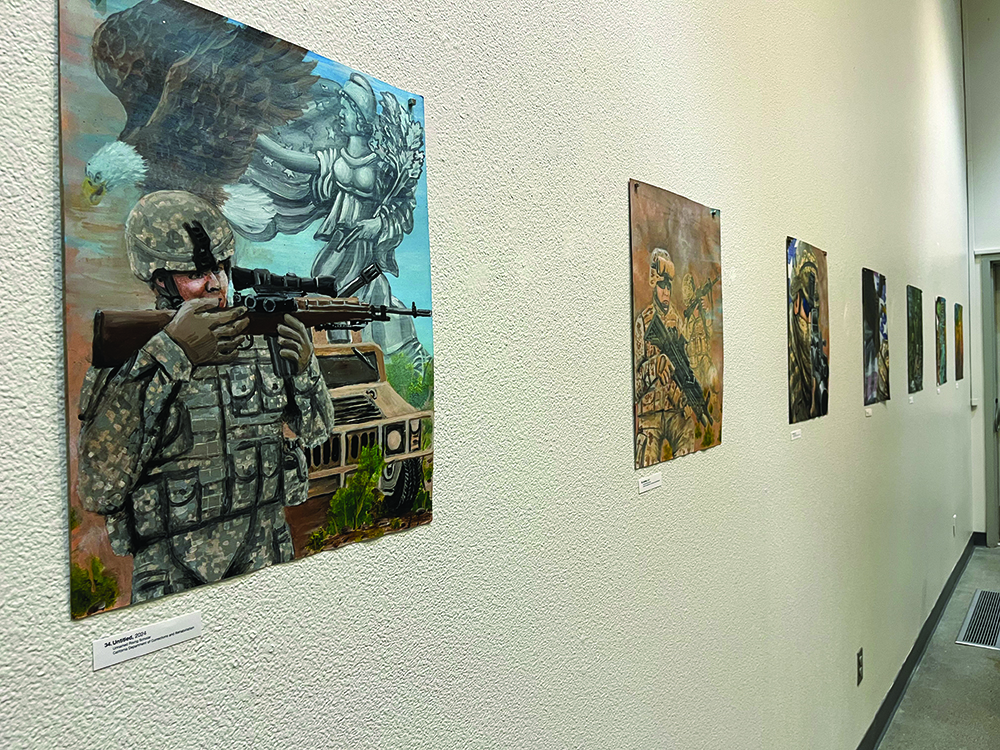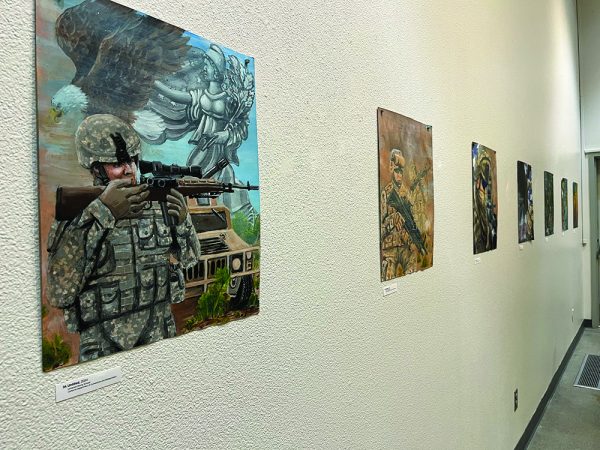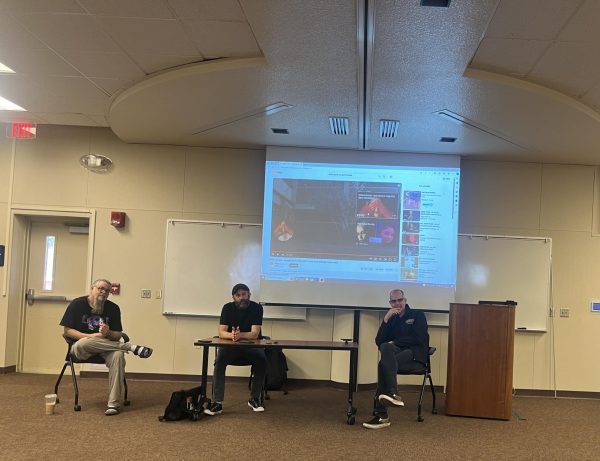The Earth’s cultural significance
March 11, 2022
BC’s Levan Center hosted an event on the topic regarding the Earth, and how it has impacted us culturally both in art as well as in mythology that has been a creative spark in media for centuries. The event was hosted several speakers that each gave a different perspective on the topic, via Zoom webinar on March 9.
The first speaker was Rae Ann Kumelos, began by talking about how people’s changing image of Earth has been one of the most culturally defining things across history.
The most recent impact was when humanity first took a picture of Earth from space from the Apollo-8 mission, “This moment of a tranquil planet in space gave such a feeling of transcendence… It was an awareness of also what humankind was doing to the Earth,” Kumelos explained.
Appreciation and understanding of the Earth have existed since ancient times, and mythologies around its meaning were important in many cultures, with one prevalent archetype being how we’re all connected through it.
Krista Moreland spoke next, regarding the subject of how each part of the world sees the planet differently.
The first example given was how each country in the world sees the globe, as she revealed that depending on what part of the world you are in, maps of the globe will always be centered on the country that made them.
From there, she spoke of how different countries then associate Earth with different meanings, whether those are unity, life, peace, or death, “When we think about Earth, we assign human intentions and emotions to it” she explained.
The final speaker was Nan Gomez-Heitzberg, who spoke on the artistic influence that Earth has had throughout history.
She spoke of how artistically, it has been used as far back as ancient cave paintings and adobe buildings, how those have influence reaching as far as modern-day art, with the most prominent example being ceramic pottery.
Described as the art of the Earth, it was originally linked with ideas of survival, shaping the Earth itself to live and has since been adapted into an art form, speaking of various artists and how they’ve carried the artistic ideas from generations ago alive through their works.
“When thinking of the Earth, we also think of the pigments of the Earth, what you see is important to you, to your people,” Heitzberg explained.









